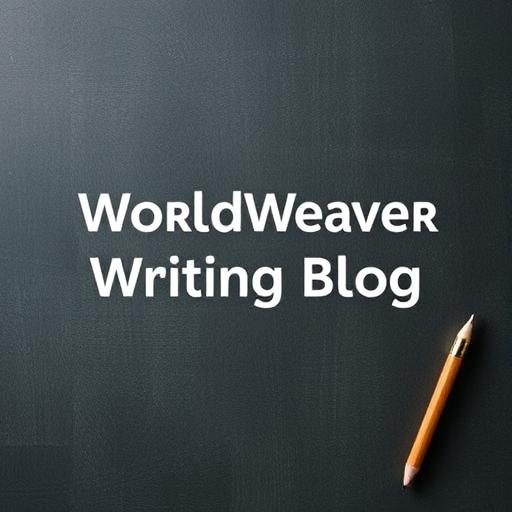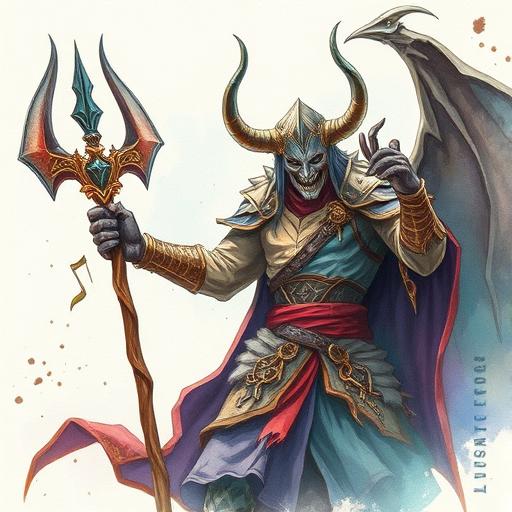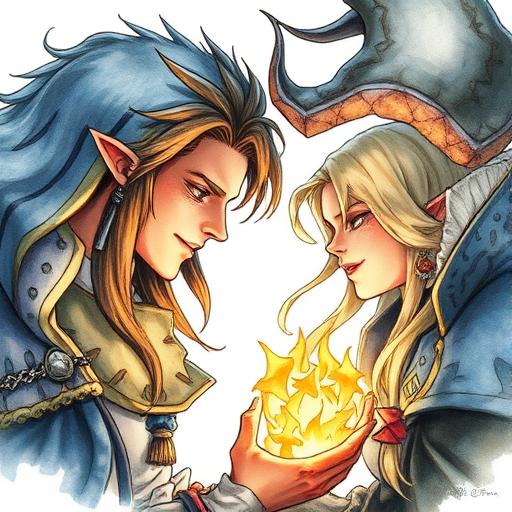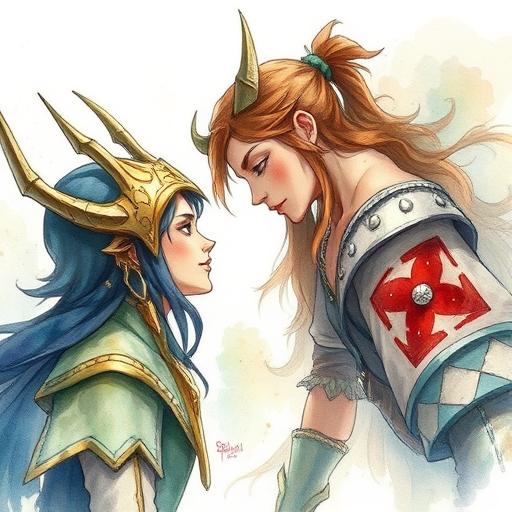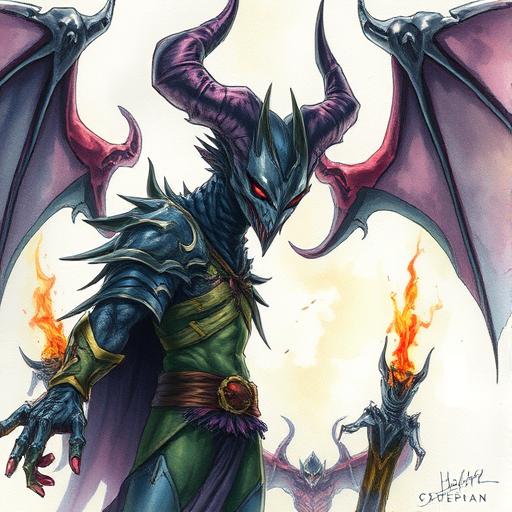Writing Effective Anti-Heroes and Complex Moral Ambiguity in Fiction
Learn how to craft compelling anti-heroes and navigate the nuances of moral ambiguity in your storytelling, adding depth and complexity to your narrative. From character development to thematic exploration, discover the techniques to create a rich and thought-provoking reading experience.
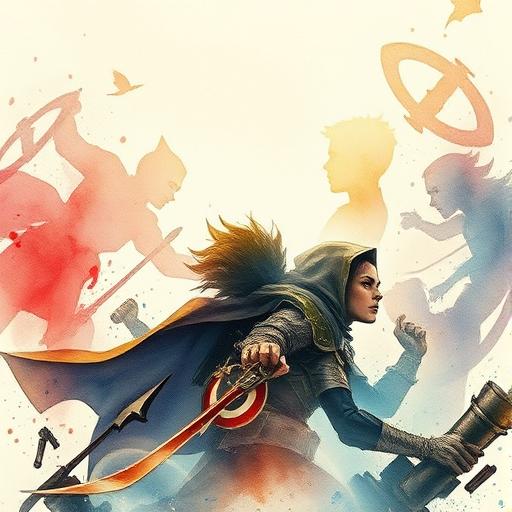
Introduction to Anti-Heroes
Anti-heroes are a staple of modern fiction, allowing writers to explore the gray areas between good and evil. A well-crafted anti-hero can be a powerful tool for storytelling, enabling authors to subvert reader expectations and create complex, thought-provoking narratives. Consider the iconic characters of Tony Soprano from The Sopranos or Walter White from Breaking Bad – both anti-heroes who elicit a mix of empathy and revulsion from audiences.
Key Characteristics of Anti-Heroes
To create an effective anti-hero, consider the following traits:
- Morally ambiguous motivations
- A troubled or complex past
- A willingness to bend or break rules
- A charismatic or compelling personality
- A capacity for growth and change
These characteristics can help you develop a rich, nuanced character that readers will find fascinating and relatable. For a deeper dive into the psychology of morally ambiguous characters, check out our article on exploring the psychology of morally ambiguous characters in fiction.
The Power of Moral Ambiguity
Moral ambiguity is a key element of effective anti-hero narratives. By presenting a world where right and wrong are not clearly defined, you can create a sense of tension and uncertainty that keeps readers engaged. This can be achieved through:
- Complex, multi-dimensional characters
- Nuanced, context-dependent moral codes
- A lack of clear villains or heroes
- A focus on character motivations and intentions
| Character Type | Moral Alignment | Example |
|---|---|---|
| Hero | Clearly good | Superman |
| Anti-Hero | Morally ambiguous | Tony Soprano |
| Villain | Clearly evil | Darth Vader |
Developing Themes and Symbolism
To add depth and resonance to your narrative, consider developing themes and symbolism that explore the complexities of moral ambiguity. This can involve:
- Using symbolism to convey moral themes, such as the use of light and darkness to represent good and evil
- Exploring the consequences of character actions, such as the impact of violence or deception on relationships and communities
- Creating a rich, detailed world that reflects the moral complexity of the narrative
For more on developing themes and symbolism in narrative fiction, see our article on developing themes and symbolism in narrative fiction for emotional resonance.
The Role of Religion and Mythology
Religion and mythology can play a significant role in shaping moral codes and worldviews in your narrative. Consider how you can use allusions to religion to add depth and complexity to your worldbuilding, and to explore the moral and philosophical implications of your characters' actions.
Crafting a Compelling Narrative
To craft a compelling narrative with complex moral ambiguity, consider the following tips:
- Create a strong, nuanced protagonist with a compelling backstory and motivation
- Develop a rich, detailed world with its own moral codes and complexities
- Use symbolism and themes to explore the moral implications of character actions
- Avoid simplistic or didactic moral lessons, instead opting for a more nuanced and ambiguous approach
By following these tips and techniques, you can create a narrative that is both thought-provoking and engaging, with complex moral ambiguity and a rich, nuanced world that will leave readers eager for more. Whether you're writing a fantasy epic or a literary novel, the art of crafting effective anti-heroes and complex moral ambiguity is essential for creating a compelling and memorable reading experience.
Comments
Comments are hidden to save bandwidth. Load them when you want to read or leave one.
